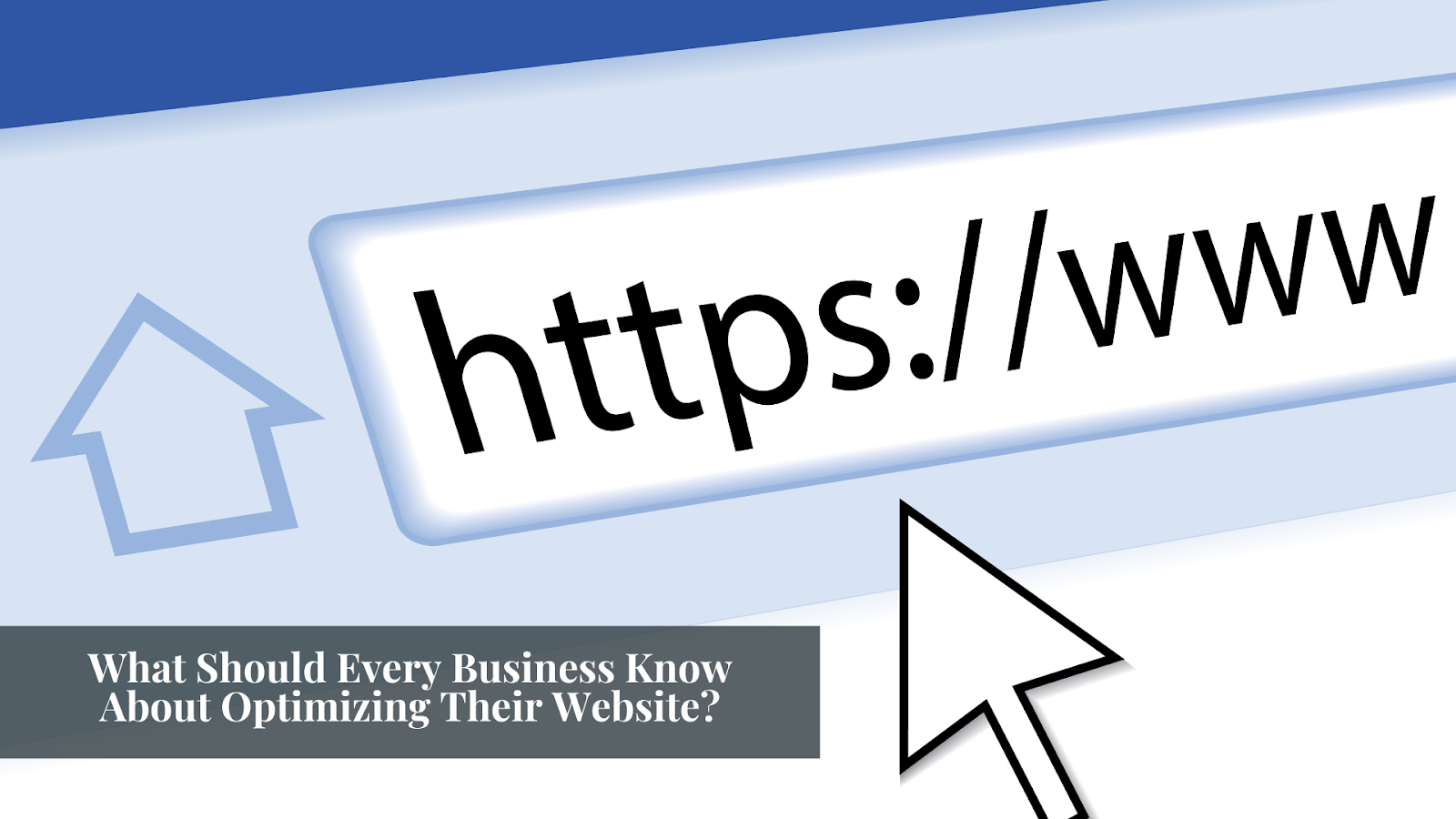Today, a website is no longer optional; it is the foundation of any business in this fast-paced digital world. Still, many businesses believe a simple website suffices to satisfy customer requirements.

An unoptimized website can harm your business, driving potential customers to competitors with more user-friendly platforms. This article explores the essentials of website optimization and why it matters for businesses of all sizes.
Just as untidy store aisles and unhelpful salespeople deter shoppers, a poorly optimized website can frustrate visitors, damage your brand image, and drive leads away.
Web optimization simply means making sure your website is efficient, interesting, and accessible. Correct optimization leads to better traffic, as search engines favor optimized sites, easier visitor retention due to faster, user-friendly websites, and higher conversion rates as users are more likely to take desired actions.
Utilizing the pre-made sites in nonprofit website templates can also make it easier for organizations to build functional, appealing sites while ensuring the optimization of best practices.
One of the most vital factors in website optimization is page loading speed. A delay of one second in loading can reduce conversions by 7%. Speed not only impacts user experience but also your search engine ranking. To enhance speed, consider the following steps:
Since over half of all web traffic occurs on mobile devices, Designing for mobile users is essential. A responsive design scales your website's layout to fit whatever screen size is in view, so visitors won't have to worry about navigation or reading when they visit your site.
To do this you can test your site on various devices so that your menus, buttons, and content are easy to access on smaller screens, and ensure that there are no intrusive pop-ups because these can be annoying on mobile devices and even result in search engine penalties.
Your website content should inform and engage your audience effectively. Well-written content answers users' questions, solves their problems, and guides them toward your desired action.
To ensure that you will have great content, you can utilize headings and subheadings to organize information, Write in short paragraphs for easier readability, and use naturally occurring keywords without forcing them into the text to meet keyword density goals.
A good website focuses first on the user. A really good website has super-intuitive navigation that allows visitors to easily and quickly find what they came for. Good UX principles include:
Search Engine Optimization (SEO) is essential to making your site more visible on search engines like Google. While the term SEO can be intimidating, starting at the basics can deliver great results.
Some of the basic SEO practices you can do is create descriptive, keyword-rich titles and meta descriptions, use alt text for all images so that they are intelligible to search engines and accessible to visually impaired users, and link to other quality external sources and your internal pages.
Security is an optimization non-negotiable. People have to feel that their information is safe on your site. A secure site also ranks higher in search results.
To ensure a high search result, you can install an SSL certificate to enable HTTPS, you may keep your website platform and plugins updated and ensure to use strong passwords and two-factor authentication to protect your backend.
Once you’ve mastered the basics, consider these advanced strategies to take your website to the next level:
Optimization isn’t a one-time task; it’s a continuous process. Use analytics tools to track how your website performs and identify areas for improvement. Key metrics to monitor include:
Many businesses do the wrong things when optimizing their websites. Here's what to watch out for:
An optimized website does more than just look good. It gives real advantages for your business. It provides a smooth and enjoyable experience for visitors, which in turn helps build trust and loyalty. When an optimized website appears higher in search results, it is easier to find, bringing more people to your site.
This is in addition to the fact that better user experience and ease of navigation make people take action, purchase a product, subscribe to services, and so on. In this regard, it is very common that increased engagement often means increased revenue. Therefore, your website will become a valuable tool for your business development.
If you’re ready to get started, here’s a simple roadmap:
Optimizing your website will be an ongoing process, but the reward is priceless. A fast, user-friendly, and secure website strengthens your online presence, builds audience trust, and drives business success.
Whether you are a beginner or seeking refinement in your approach, these are some steps to help you create a website that works hard for your business.
1. How often should I update my website?
Update your site frequently to freshen up content and respond to performance problems.
2. Is SEO expensive?
Basic SEO techniques are free, but more sophisticated tactics or paid professionals will be more expensive.
3. What is the greatest mistake in website optimization?**
The most common and costly mistake is neglecting the mobile experience.